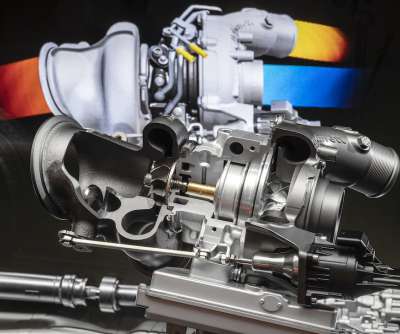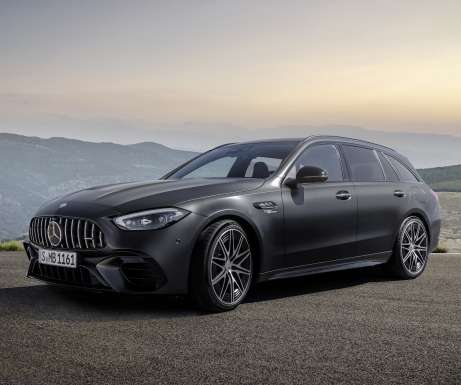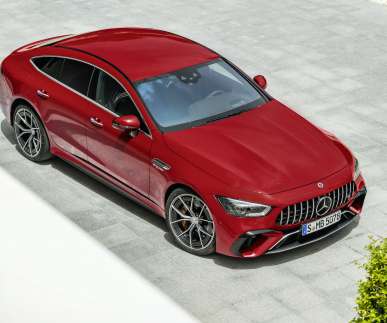Mercedes-AMG reveals performance hybrid and battery-electric AMG derivative strategy
Green Car Congress
MARCH 31, 2021
Development of the lithium-ion energy storage system began in 2016 and was inspired by technologies that have proven themselves in the Mercedes-AMG Petronas F1 Team’s Formula 1 hybrid racing cars. Individual drive mode: individual customization of the drive, transmission, AMG DYNAMICS, chassis, steering and exhaust system.












Let's personalize your content